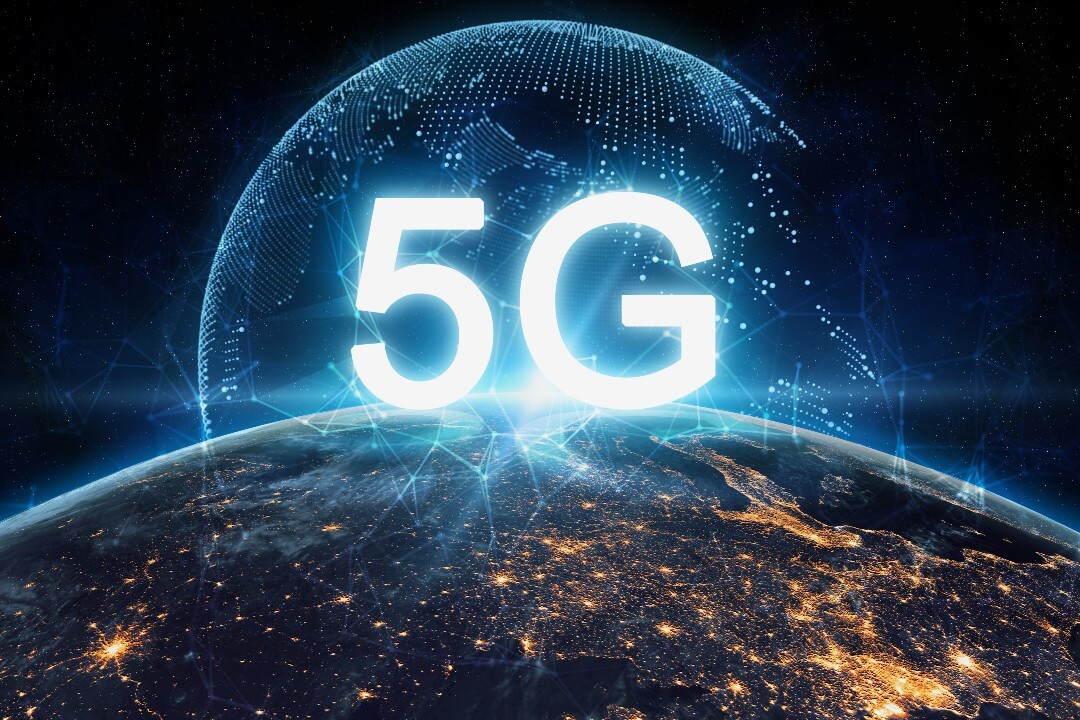5G rollouts are underway in most parts of the world. This latest network offers low latency and more bandwidth. It delivers about 20x faster connectivity compared to incumbent 4G networks. Edge computing is also growing in popularity. New technologies, such as IoT, generate huge data volumes. Traditional cloud networks cannot transmit huge data swathes efficiently, in real-time. Enterprises look at edge computing as a solution. Here, data processing takes place at small, distributed servers set up at the network edge. The results go to the central servers for further analysis, or it passes to the intended recipients.
Both the edge and 5G unlock big-time efficiency improvements and enable new possibilities. In combo, it delivers synergy.
1. Seeding the market
5G offers much more than a linear step-up from 4G. 5Gs potential rests on the enablement of new use cases. But the staggering levels of 5G adoption across the globe deter companies from rolling out applications that enable 5G use cases.
The timeline for 5G rollout varies across geographies. Operators in places such as the US, China, Korea and Japan back 5G with sizable investments. But this is not the case in several other countries. Even in countries with high 5G adoption, it is still an urban phenomenon. Network providers have not yet launched 5G in vast swathes of rural areas. For many years running, there will be 5G islands, surrounded by vast swathes of conventional 4G land.
Building 5G infrastructure requires massive capital expenditure, which causes delays. The pandemic has delayed 5G spectrum auctions in several countries, such as Spain and Austria. In the US, aviation operators raise apprehensions of the 5G frequency being close to the plane altimeter frequencies. This has prompted restricting 5G around airports.
The uncertainty in the global economy because of the pandemic may further delay 5G deployments in many areas.
Most of these 5G constraints are teething troubles, and operators will come up with resolutions. But such resolutions will take years. Waiting for the “full 5G” cover will not cultivate an ecosystem of new applications. Until then, 5G will need edge computing to reduce latency and reach the speed targets everywhere. Edge computing reduces network latency by processing data closer to the data source. Such processing overcomes all the constraints listed above.
Deploying edge helps to seed a 5G market even before widespread coverage of the technology. The edge offers companies a catalyst to invest in low-latency, immersive, or Massive MIMO services. Using conventional 4G and edge, these services provide all the benefits of 5G, until 5G becomes ubiquitous.
There are several potential use cases.
Consider a gaming company seeking to create a distinct gamer experience by leveraging the high-end GPUs of 5G phones. The limited number of 5G devices in the market means a limited market for the product. The slow cycle of 5G means the conditions will not change soon. By the time it does, the product might have become obsolete because of other reasons. The company could leverage edge computing to address the broader base of 4G devices and ensure wider device adoption. When 5G networks finally come to the area, and users upgrade to 5G devices, the transition becomes seamless.
Likewise, consider a manufacturer deploying IoT sensors in processing units. Seamless functioning depends on standardizing the processes across all units. But 5G coverage may be years away for many units in remote areas. Edge computing enables the real-time processing of data using 4G networks in such plants. The manufacturer achieves standardizations and seamless data flow.
Also, consider a maintenance company launching AR headsets to connect with field executives. The edge ensures such devices continue to function in remote areas outside the coverage of 5G.
2. Low latency
Lab testing places 5G networks 20x faster than 4G networks. 5G standards target 1ms network latency. But the average user using 5G networks in real-world settings will not enjoy such speeds or latency. A host of real-world constraints stifle such end-users from deriving the full benefits of 5G. Lack of 5G devices, last-mile bottlenecks, spectrum restrictions, and other constraints impede speed.
5G and edge complement each other to reduce network latency and such constraints.
5G reduces latency between the network endpoint and the radio tower. Edge computing places the compute and storage resources within the telecom network. Doing so eliminates backhaul latency associated with central data centers.

5G plus edge ensures optimal performance for many applications that will also work with 5G alone. Data-intensive applications based on augmented reality, IoT, robotics, and HD video become more reliable with 5G + edge.
Data-heavy applications require sending data back and forth continuously. Such data loads are expensive and resource-intensive, even with 5G. Such huge volumes erode the customer experience. Deploying edge computing enables filtering such data. The full data stream travels only a short distance to the edge server, through the wide frequency of the 5G network. 5G delivers a bigger and faster pipe for data to travel. The edge ensures data travels a very short distance. The analysis at the edge rationalizes the data and sends the extracted data to the cloud server for further processing.
The edge also furthers the automation and virtualization capabilities made possible by 5G.
3. New products and services
Merely offering faster speeds with 5G is not a big deal for enormous investments. But 5G along with edge enables ultra-fast real-time processing that unlocks new possibilities. The 5G-edge combo will mainstream several products still in the planning stage, or at the proof-of-concept stage. Use cases include
- Maintenance tasks based on autonomous drones.
- Remote telesurgery.
- Connected cars.
Here are five reasons why edge computing benefits your enterprise.
IDC predicts every connected person to have a digital data interaction at least every 18 seconds by 2025. Most of such interactions will be through IoT devices. Sending all such data to a centralized data center will become unsustainable. Using the edge with 5G will address the speed, bandwidth, and security issues of such a high-volume ecosystem.
The edge is fast becoming essential, and not just an option under 5G. Gartner’s 2021 strategic roadmap for edge computing opines that edge has become part and parcel of many 5G deployments.












